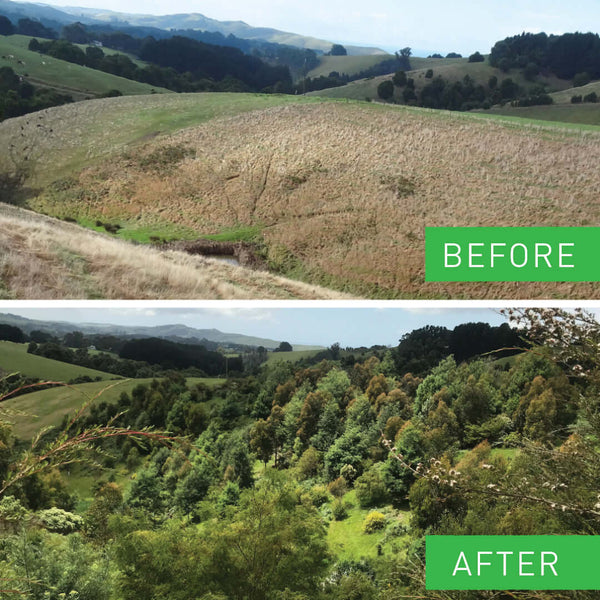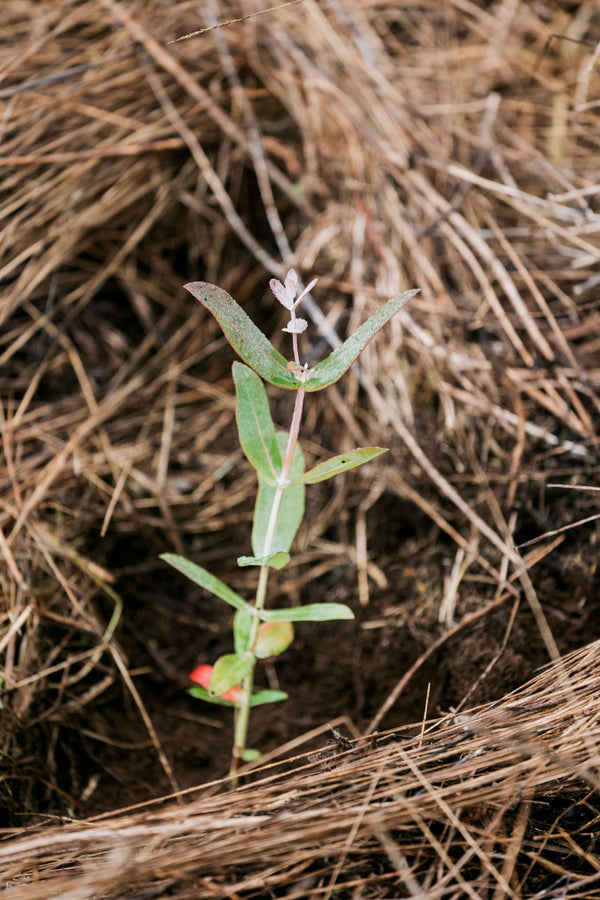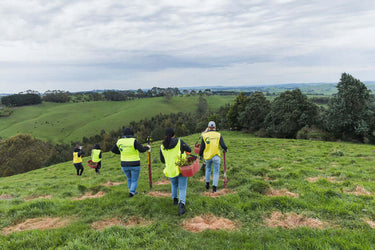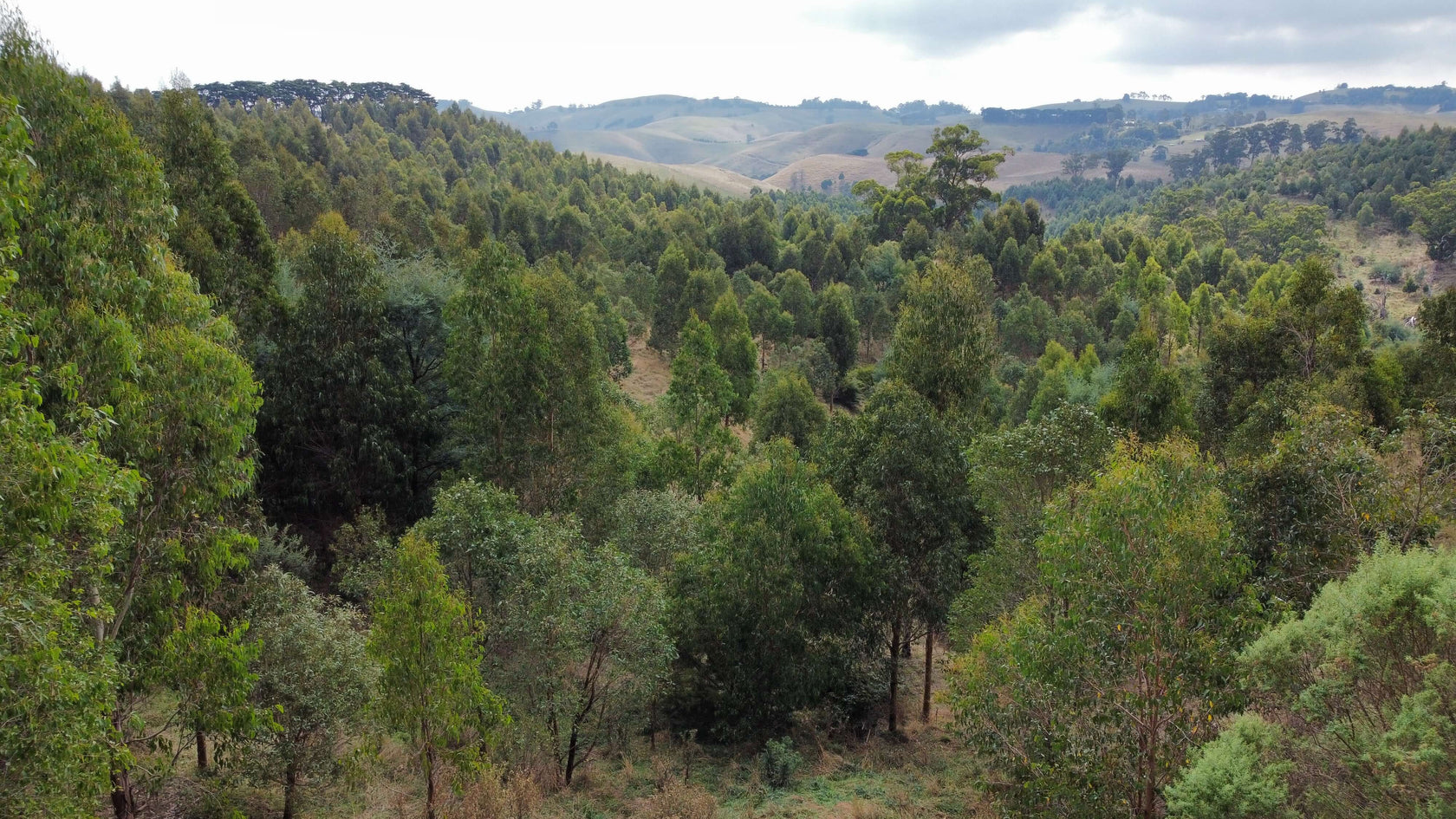Real Climate Action To Restore Nature
For the future of our planet, we must reduce carbon emissions and restore nature. But knowing how to make a positive and tangible impact can be challenging. It is vital to work with an environmental partner, such as Greenfleet, that you can trust to deliver real and authentic action on your behalf.
We encourage our community to reduce emissions where possible, but we know that emissions are still a reality in many aspects of life and business. We must also draw down on carbon already in the atmosphere to protect our climate.
Climate action is not an opportunity to greenwash, extend the use of fossil fuels, or a license to pollute. While we welcome criticism of some types of carbon offsetting schemes, supporting projects with true environmental benefits remains an effective way to manage the emissions we can’t avoid.
With Greenfleet, you can help grow our forests, restore nature, and grow climate hope.








